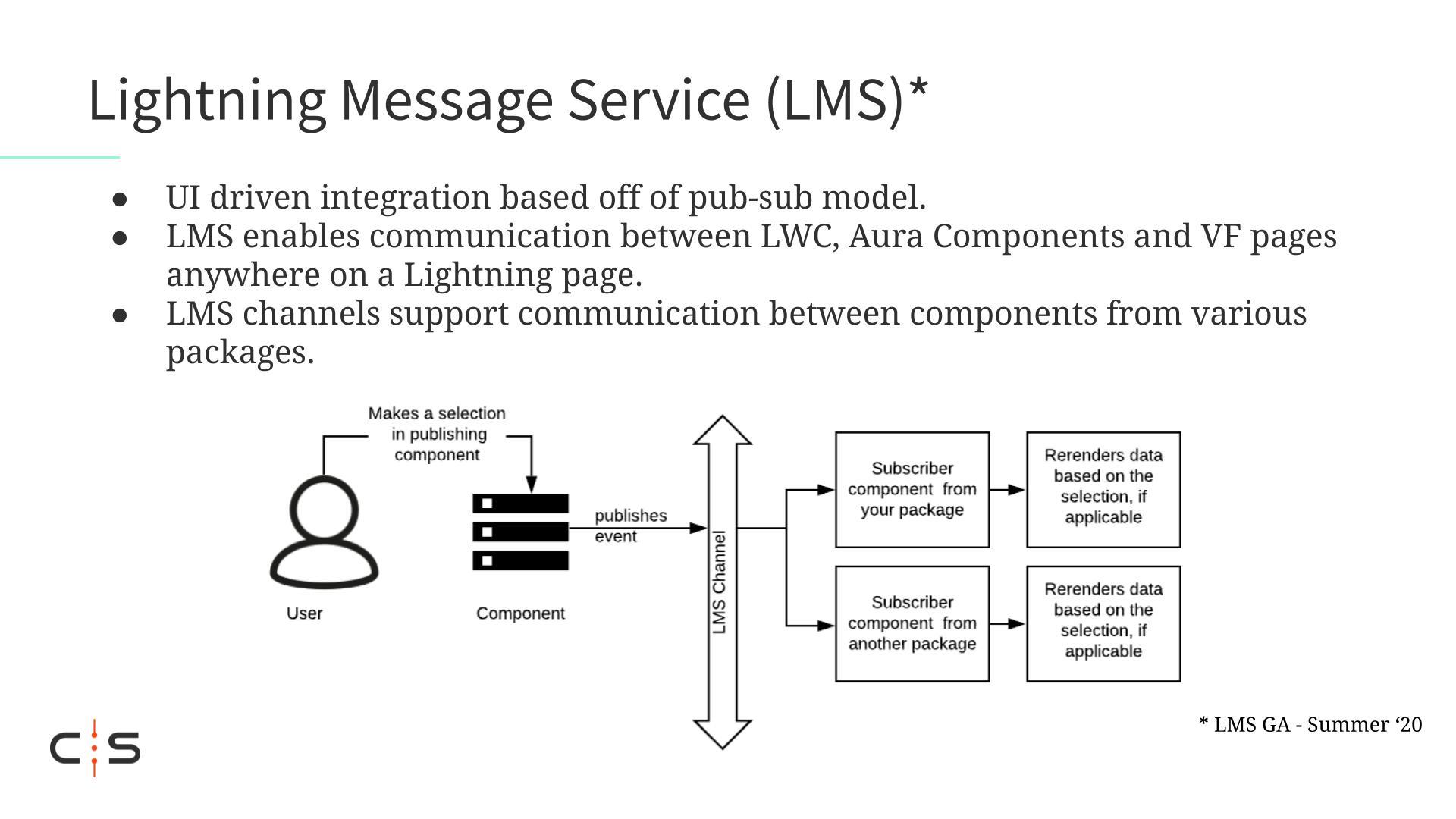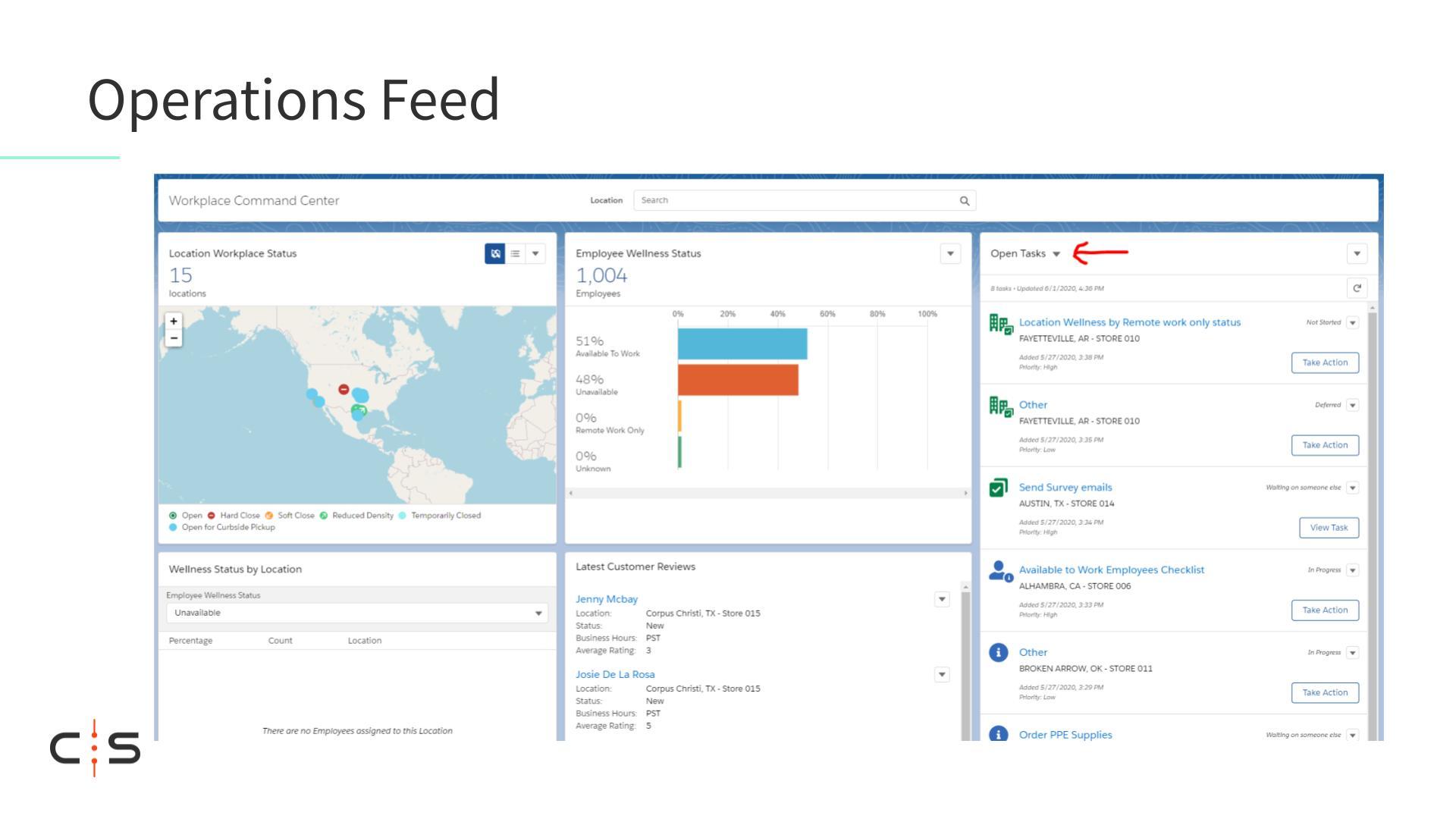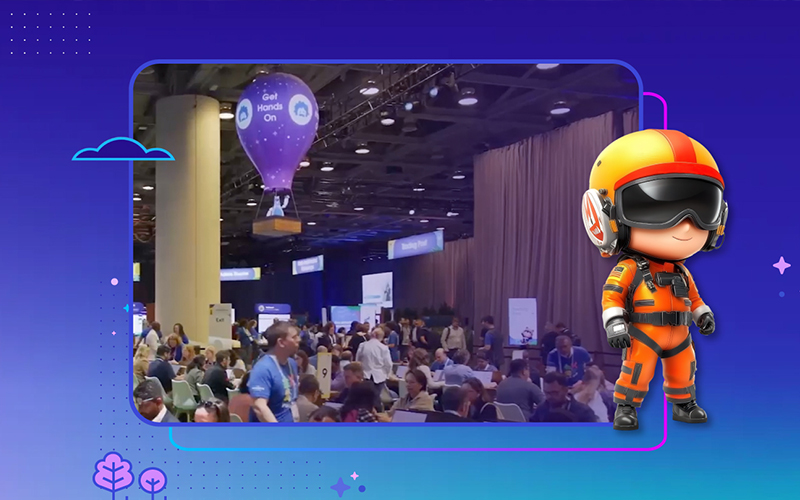
Since Salesforce announced Work.com, we’ve been talking with clients and prospects about what they need to know to bring new and innovative solutions to the platform. That’s why we created our Making Work.com Work for ISVs series.
In the first session of the series, we showed you how to build on another managed package and discussed what you needed to know about the different types of dependencies that can be created by building on another managed package. Krishna Tatta, CodeScience Director of Technology, is back to showcase how to build on one of Work.com’s most powerful areas, the Workplace Command Center.
What is the Work.com Workplace Command Center?
Salesforce describes the Workplace Command Center as a “consolidated solution to create and assess reopening strategies and monitor ongoing employee and office safety.”
At its core, the Workplace Command Center enables executives and managers to surface public health data alongside their private data (about company locations and employees) to track training, monitor employee wellness, and assess facility preparedness.
This gives ISVs a tremendous opportunity to expand functionality and fill whitespace. During our webinar, Krishna discusses two core functional technologies that the Command Center uses and shows a demo of how an ISV could use them.
Lightning Message Service
Krishna explains that Lightning Message Service (LMS) is a “UI driven integration pattern that is based on the traditional pub-sub model. Components can publish events to a shared channel, and other components can subscribe to those events and act upon the events and handle the events as they are published.”
The power of LMS comes from the channels it creates (LMS Channels) because it supports the communication between components from different namesapces and managed packages.
LMS Channels are lightweight and packageable.

She goes on to showcase in the demo how the Command Center uses LMS Channels to publish specific events around location and how our example package uses that to surface customer reviews based on that location.
Operations Feed
The Operations Feed component is an out-of-the-box component in the Command Center that is driven off of the task object.
Krishna explains a possible use case, “Let’s say your component or back-end workflows are creating tasks, and you want those tasks to show up in this component for your operations manager to work from.”
There she goes under the hood and shows new fields added by Work.com and explains what they are, how Work.com uses them, and ultimately how to use those tasks from the operations feed to direct users to specific pages, records, or even a list view or custom VisualForce page.
If you want to see these demos in full and gain a deeper perspective on how to take advantage of LMS functionality like delayed loading or unsubscribe, you’ll have to register here.
Making Work.com Work for ISVs
Now that more ISVs are getting the chance to build on Work.com, the question starts to shift from what is Work.com to how do I stand out with my offering and beat my competition to market. The last video of our series focuses in on this topic, and if you want to be notified when it releases, you can sign up here: codescience.com/work
For ISVs looking to accelerate their Work.com strategy immediately, we have two options available.
Ask an Expert — If you have already building, but are running into challenges that can’t be answered from the product documentation, we are giving you the chance to ask questions to the teams that built the Work.com Command Center for Salesforce.
Outsourced Product Development — For businesses that lack the capacity or know-how to launch their Work.com offering quickly, we have a proven track record of making the toughest deadlines.
Learn more at codescience.com/work




